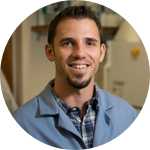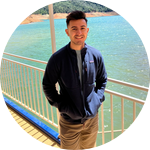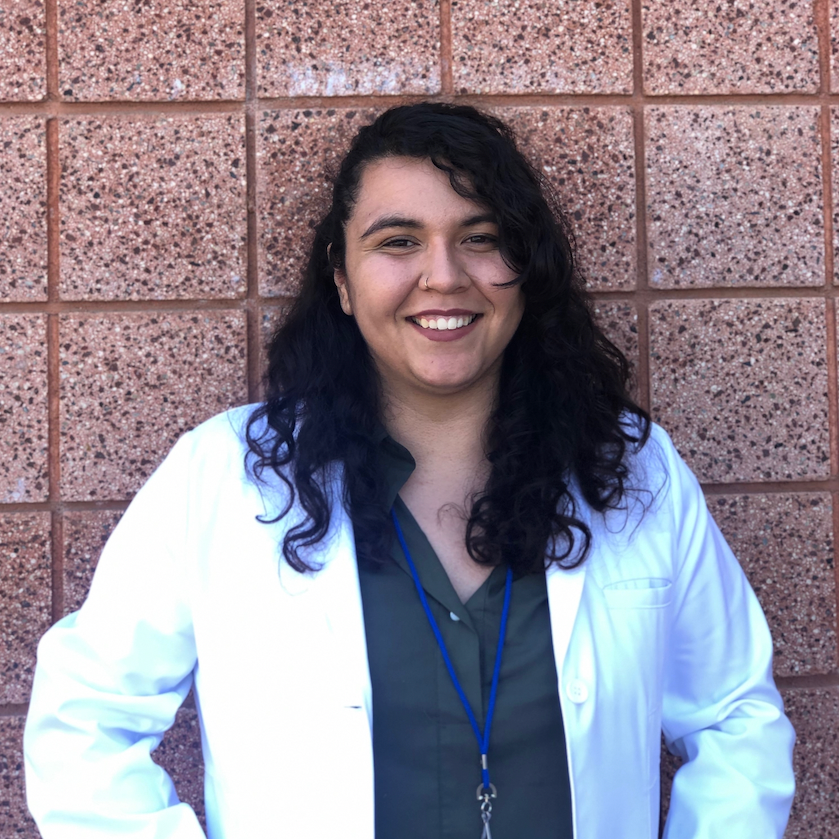About This Project
We are actively trying to figure out if space flight affects mouse tendon in terms of stiffness and strength. We are using animal samples granted from NASA which has been exposed to the harsh environment of 0 gravity and measuring force data through atomic force microscopy. This can better prevent astronauts from injury on prolonged missions in space, such as the voyage to Mars!
Ask the Scientists
Join The DiscussionWhat is the context of this research?
Overall, our group is trying to figure out how microgravity might affect tendon size and function after spaceflight. Although there is tons of research showing how spaceflight affects muscle, tendons are under-researched. It is important to understand how are tendons adapt to the microgravity environment since they are a crucial part of the musculoskeletal system. Previous research has shown that tendons lose stiffness over time in the spaceflight environment. Essentially, this makes the tendon more stretchy, which ultimately leads to decreases in the efficiency of locomotion and increase the risk of injury. Our research aims to understand the extent of the changes that occur in tendon to increase the efficiency of prescribed countermeasures.
What is the significance of this project?
With an increase in space travel due to charters such as SpaceX and prospected NASA missions, the understanding of spaceflight on the human body is of the highest importance in rehabilitating the consequences of zero gravity. Current studies that investigate changes in tendon structure and function after microgravity have only been done on ground-based models. This will be the first study to measure changes in tendon function (at the nanoscopic level) with tissue that has been directly exposed to microgravity. We will investigate this question by comparing the elasticity of the ground control and spaceflight tendons at the nanoscopic level. Data will be acquired utilizing a new atomic force microscopy technique pioneered by our lab.
What are the goals of the project?
To provide insight on the nanoscopic changes in the collagen fibrils of tendon tissue after long periods of spaceflight. By investigating the changes that occur at the nanoscopic level, we can get better insight on the changes that occur at the whole-tendon level. This can ultimately lead to better insight on proper countermeasures to reduce musculoskeletal injuries after spaceflight.
Budget
The atomic force microscope uses a cantilever, which in essence is a probe that contains a nano-metric size tip. This tip will provide the elastic/force measurements needed to decipher the effects of space flight on tendon. The chemicals listed are important for ensuring a clean and uncompromising approach to preparing slides that will hold the tendon fibrils. This entails coating the slides with a biologic adhesive to encourage fibrils to stick to the glass slides, and absolute alcohol (200 proof) to make sure that no biological debris remains on the slides during imaging.
Endorsed by
 Project Timeline
Project Timeline
We are expecting to complete the development of the mechanical testing protocol by the end of December. Once this step is complete, we can begin gathering force measurements on the spaceflight tissue. With this data, we can begin identifying the changes (if any) between baseline-ground tendon vs spaceflight tendon. In the time being, we are also presenting our current findings in multiple conferences in the coming year.
Jun 15, 2022
Visualize Collagen Fibrils Under Phase Contrast Microscopy
Aug 05, 2022
Tissue Chemical Processing
Sep 28, 2022
High Resolution Imaging w/Atomic Force Microscopy
Oct 26, 2022
Optimizing Parameters for Mechanical Testing
Nov 15, 2022
Data Processing w/Force Measurements
Meet the Team
Team Bio
Guillermo and Julissa are members of the Muscle Physiology Laboratory at San Francisco State University. They are collaborating with members from the Chemistry and Biochemistry department at San Francisco State University to develop the protocol that will be used for this study. They thankfully have an assortment of educational expertise from previous undergraduate work, and plan on complementing their backgrounds to push through their current research.
Guillermo Bojorge
Guillermo Bojorge completed his undergraduate degree in Kinesiology with an emphasis in exercise science at San Francisco State University. He is now in his third semester in the Master's program at SFSU, hoping to propose and defend this project for his thesis.
Julissa Ortiz-Delatorre
Julissa Ortiz-Delatorre completed her undergraduate degree in Kinesiology with an emphasis in exercise science at San Francisco State University. She is currently working on finalizing the protocol that will be used to carry out the investigation of changes in tendon nano-mechanics after spaceflight.
Project Backers
- 8Backers
- 7%Funded
- $467Total Donations
- $58.38Average Donation



